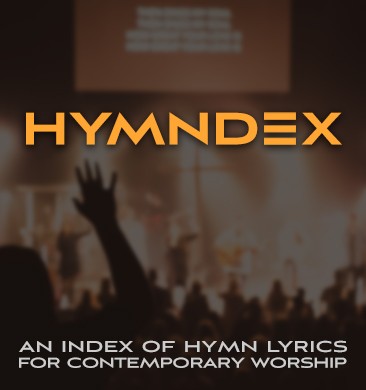Choosing the Right Speakers for Your Church
In a recent interview with Cade Young from Collaborate Worship, audio expert Michael Curtis shared valuable insights on selecting and setting up speakers for church spaces. Curtis emphasized the importance of speaker coverage, ensuring that every person in the audience is within the sound cone and not left in silence.
To visualize how speakers will cover a space, Curtis recommended using software like Ease Focus 3, which creates a “weather map” of sound levels in each seat. This helps determine if more speakers or repositioning is needed for even coverage.
Aiming Speakers for Optimal Sound Distribution
When aiming a single point source speaker at an audience, Curtis advised pointing it at head height of the last row. The center of a speaker’s throw is the loudest, tapering off towards the edges. By aiming the center at the back row, the bottom half of the speaker’s coverage reaches the front row effectively.
To ensure precise aiming, Curtis suggested three methods: eyeballing, using a laser pointer with a helper, or measuring with microphones during system tuning. The goal is to achieve similar sound levels from front to back.
Determining Power Requirements and Speaker Size
Manufacturers publish specs on speaker SPL (sound pressure level) at a distance of one meter. By calculating the drop in decibels over distance and considering the average to peak level difference in a live mix, one can estimate the achievable SPL at a given point in the audience.
When choosing between wider coverage or a larger woofer size, Curtis recommended prioritizing coverage. Selecting the largest driver size (up to 15 inches) that fits the coverage needs is ideal for achieving louder and cleaner sound.
Protecting Speakers and Ensuring Longevity
To protect speakers and extend their lifespan, Curtis suggested aiming for at least 3-6 dB of headroom. While modern speakers have built-in limiters, consistently pushing them to the limit can degrade sound quality and shorten their life.
Higher-end speakers offer benefits such as linearity over SPL (consistent sound at various volumes) and consistent coverage patterns off-axis. Larger speakers in a space won’t hurt performance but may require extra attention to gain structure to avoid noise floor issues.
Recommended SPL Levels and Hearing Safety
For churches, Curtis typically aims for 91-92 dB A-weighted from the middle of the audience. He stressed the importance of using a calibrated measurement microphone to accurately assess SPL at different locations, as perceived loudness can vary based on frequency balance and personal sensitivity.
Prolonged exposure to levels over 100 dB A-weighted can be harmful. Low frequencies can also cause damage, making it crucial to monitor both A-weighted and C-weighted exposure. Curtis emphasized the responsibility of audio engineers to create full, enveloping mixes while prioritizing the audience’s hearing health.
Simplifying Speaker Placement for Small Churches
For those seeking a quick tip on setting up speakers in a small church, Curtis advised dividing the audience in half and placing speaker stands at the midpoint of each half, as high as possible. Aiming the speakers through the middle of each zone ensures maximum coverage, even if the speakers are too wide or narrow.
By following Michael Curtis’ expert advice, churches can optimize their sound systems for ideal coverage, clarity, and safety, enhancing the worship experience for all attendees.




